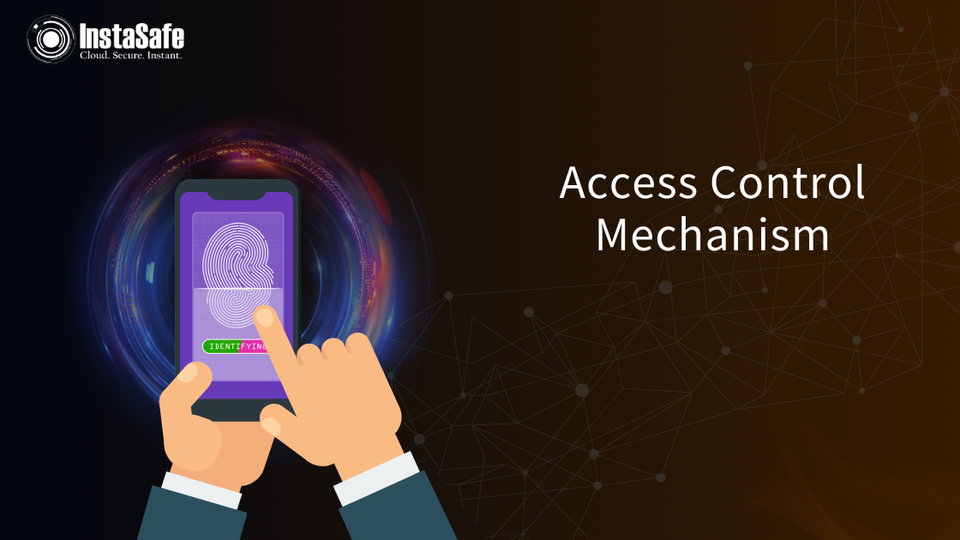Access Control

Access Control is a fundamental component of InstaSafe IDAM. It is a robust system that dictates who can access what resources within a network. There are various dimensions of Access Control, including Role-Based Access Control (RBAC), Time-Based Access Control, Location-Based Access Control, Device Posture-Based Access Control, and IP-Based Access Control.
- Role-Based Access Control (RBAC):
Role-Based Access Control is a cornerstone of Access Control strategies. In RBAC, access permissions are assigned based on the roles individuals have within an organization. This simplifies administration and ensures that users have the necessary access rights to perform their job functions. By defining roles and associating them with specific permissions, organizations can enforce the principle of least privilege, minimizing the risk of unauthorized access and potential security breaches. In InstaSafe Admin portal, you can create user groups based on role and provide access based on it. - Time-Based Access Control:
Time-Based Access Control adds an extra layer of security by restricting access to certain resources based on specific timeframes. This feature is particularly beneficial for organizations that need to manage access during business hours, restrict after-hours access, or comply with regulatory requirements. Implementing time-based policies helps organizations proactively control and monitor access, reducing the risk of unauthorized activities during non-business hours. - Geo Location-Based Access Control:
Geo Location-Based Access Control enables organizations to specify geographic locations where users can access resources. This is particularly relevant in today's mobile and remote work environment. By defining permissible locations for access, organizations can prevent unauthorized access from outside designated areas, enhancing security and compliance with data protection regulations. During data breaches, the threat actors are generally from different location who try to manipulate. Geo-location based access control can help to prevent such data breaches. - Device Posture-Based Access Control:
As the variety of devices accessing corporate networks continues to grow, Device Posture-Based Access Control becomes essential. This approach evaluates the security posture of devices before granting access. Devices with updated security software, encryption protocols, and compliance with organizational policies are granted access, while those that do not meet these criteria are denied or granted limited access, ensuring a secure computing environment. Instasafe agent collects 15+ device parameters including device mac id, Operating System (OS) details, antivirus details, and others. - IP-Based Access Control:
IP-Based Access Control involves regulating access based on the IP addresses of users or devices. By defining specific IP ranges or individual addresses, organizations can control access to resources. This is particularly useful for limiting access to sensitive information to specific physical locations or ensuring that access is only granted from known and trusted networks.
Incorporating a comprehensive Access Control strategy within your IDAM solution is imperative for mitigating security risks and safeguarding sensitive data. By implementing Role-Based Access Control, Time-Based Access Control, Location-Based Access Control, Device Posture-Based Access Control, and IP-Based Access Control, organizations can establish a robust defense against unauthorized access, enhance compliance, and ensure the integrity of their digital infrastructure. As technology continues to evolve, adopting a holistic Access Control approach becomes essential for organizations striving to maintain a secure and resilient IT environment.
